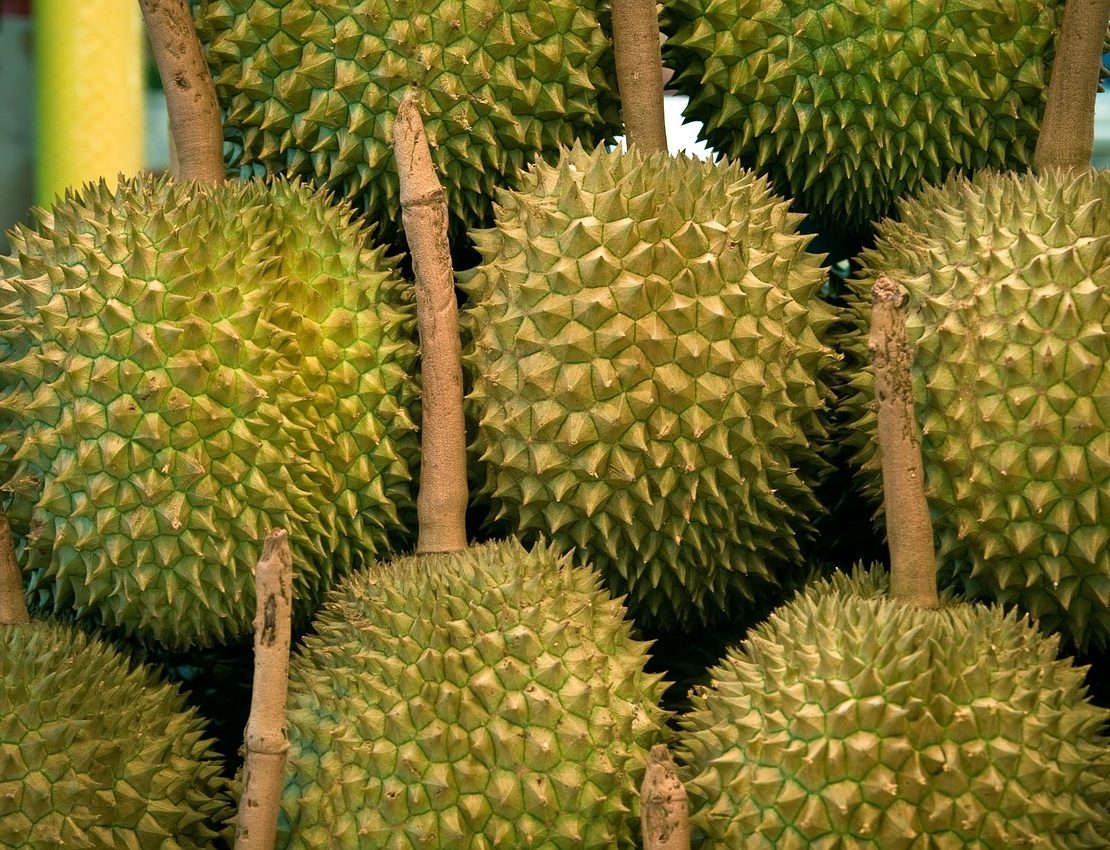Marang fruit, also known as Artocarpus odoratissimus, is a tropical fruit native to Southeast Asia. It is closely related to jackfruit and breadfruit, and is known for its sweet and creamy flesh. The fruit has a spiky green skin and is about the size of a small melon. When ripe, the flesh inside is soft and juicy, with a unique flavor that is a mix of banana, pineapple, and mango.
Marang fruit is not only delicious but also packed with nutrients. It is rich in vitamins A and C, as well as potassium and dietary fiber. The fruit is also a good source of antioxidants, which can help boost the immune system and protect against various diseases.
Marang Fruit Picture

As shown in the picture, the marang fruit has a rough, spiky green skin that encases the creamy white flesh inside. The flesh is divided into segments, each containing a large seed. To eat the fruit, one must carefully remove the skin and seeds, and then enjoy the sweet and flavorful flesh.
Marang fruit is often eaten fresh, either on its own or as part of fruit salads and desserts. It can also be used in smoothies, juices, and jams. The fruit is best enjoyed when ripe, as this is when it is at its sweetest and most flavorful.
In addition to its delicious taste and nutritional benefits, marang fruit is also valued for its medicinal properties. In traditional medicine, the fruit is believed to have various health benefits, such as improving digestion, reducing inflammation, and promoting overall well-being.
In conclusion, marang fruit is a delicious and nutritious tropical fruit that is popular in Southeast Asia. With its sweet and creamy flesh, as well as its numerous health benefits, it is no wonder why this fruit is highly sought after. Whether eaten fresh or used in various culinary creations, marang fruit is sure to delight the taste buds and nourish the body.
